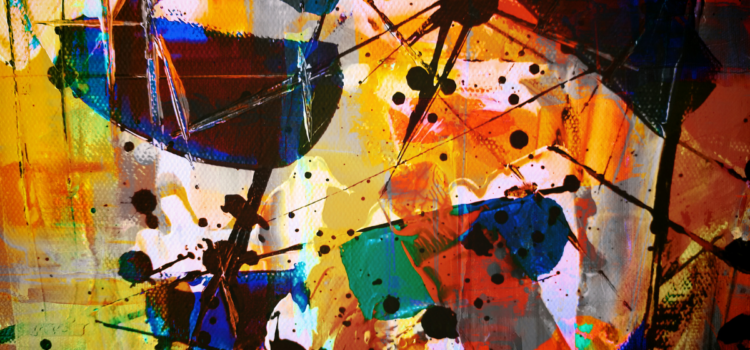
“If they have your art, they have your voice. It’s like they are taking your voice away from you,” a Vietnamese high school art student, Hien Nyguen, claimed.
She’d been referring to the thousands of Asian artists who were forced to separate with their art — who had no choice over the possession of their work, and whose artistic message got lost in separation.
Some minority groups have lost up to ninety percent of their art and history to Western civilizations — take the looting of the Nigerian Benin Bronzes by the British over a century ago. And, although the Kingdom of Benin, now Nigeria, received back its artifacts this February, often stolen art does not come back.
Art lacks copyright laws, so deciphering where certain pieces originate is complicated. Therefore, it becomes crucial for nations and individual artists to be able to claim their art back.
European countries, infamous for curating art from around the globe, usually refuse to give back stolen art. Their justification is that there is a fear that the art will not be appropriately stored and cared for, even though the countries of origin have proven that is not the case.
“This should not be an excuse to just never give artifacts back. They [museums that curate exploited art] are not saying once you have the proper resources then we can transport [the art]. They are saying you will never be able to get it back,” Alexandra Biternas, a Venezuelan student with an interest in Greek art, expressed. “In Greece, there are 6 woman statues, and they are all surrounding a pillar. And at the museum, next to the Parthenon, they have an empty space because one of them is with the British. And, they refuse to give it back.”
Right now, Mexicans continue their impassioned efforts to bring back an ancient Aztec Headdress stuck in Austria’s Weltmuseum Wien Museum and pre-Columbian artifacts auctioned off by the city of Paris.
When artifacts leave their home country, it is challenging to bring back and restore them. Because of how much art gets stolen from minority communities, their history is limited.
The Western societies gathering art from around the world rotate cultural exhibits and end up profiting from and controlling the narrative among people. Museum curators that display cultural art that is not their own cannot give an extensive background of it–simply because they are not as knowledgeable as a native is.
“They don’t know the history, so give it back to the people who can accurately relay its history,” a Nigerian high school student and activist, Oluwadara Deru vocalizes.
European countries send marginalized communities the message that they will continue to be walked over and face damaging stereotypes. However, let it be clear — there is a difference between being globally interconnected and claiming art when its creators voice direct protests.
“There is a very small number of countries that can actually say that they can recognize where artistic inspirations came from… the States talk a lot about it, but we are just not really doing it,” Biternas mentioned.
It is of utmost importance to facilitate cultural understanding and empathy amongst everyone. Not only does restoring art ease burdens on less advantaged countries, but it also honors them and their communities.
“That stolen piece represents a period of time where they [the minority communities] had no authority over what they could do in their nation… taking the ownership back of their art is them restoring back their prominence… them restoring back their pride… Their art is their pride,” Deru declared.